Collaborative Product Strategy & UX Ideation Sessions
Lead product strategy sessions to understand audience types, identify user tasks and needs, and facilitate product ideation. Identify user stories and product requirements within an Agile framework (or other collaborative models).




















